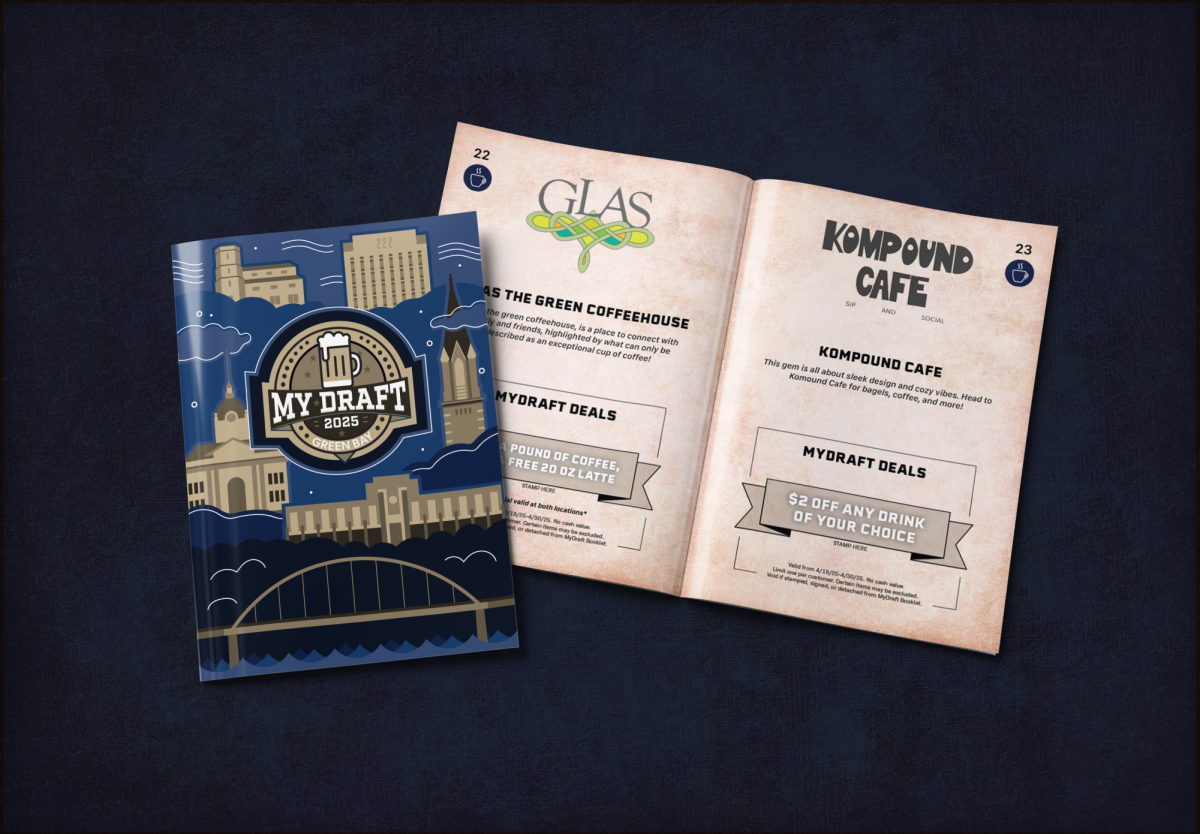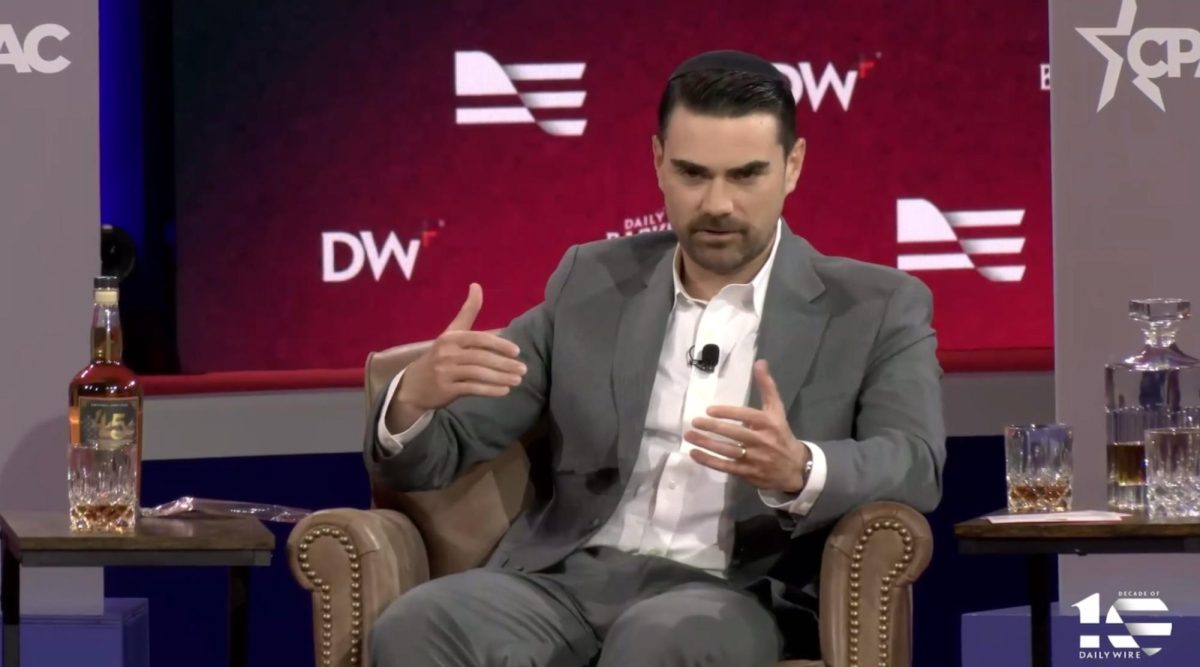The Reserve Officer Training Corps (or ROTC) is a program designed to create future military officers for all branches of the military. The Army Reserve Officer Training Program (AROTC) focuses on the army branch of the ROTC program, but other branches have their own, such as Air Force ROTC (AFROTC) and Navy ROTC (NROTC).
The University of Minnesota has a long tradition of creating officers. In fact, the ROTC program was initially founded at the University of Minnesota shortly after 1869. The UMN ROTC program has produced officers throughout the years, including many that had served in major conflicts throughout history.
In recent months, recruitment numbers for the military, and especially the army, have been a challenging task for the Department of Defense. Last year alone, the recruitment number goals fell short by 15,000 personnel. This was even after initial recruitment goal numbers were adjusted for less ambitious numbers. The army’s initial goal was 65,000 personnel.
Other service branches are also seeing similar declines. People appear to be less inclined to join the military. There are a number of reasons for these recruitment challenges, some which include eligibility. As it stands, many Americans are not qualified to join the military. This may be due to personal fitness and nutrition shortcomings, but the army still has restrictions for those who have previously used drugs or those with mental health issues. These are in the face of growing recreational drug proliferation and broader popular acceptance of seeking mental health assistance.
However, even with these preclusions, there is discussion about the fact that many people do not appear to be interested in joining the armed forces.
Many people are not interested in joining the military for a variety of reasons. These can range from the quality or type of life that the military might afford, which many might find non palatable. Other reasons include moral or political reasons; Young people may be skeptical of the US military and its affairs or motivations.
Many have noted that those who have previously served in the military will oftentimes advocate for young people to stay away from that same institution. All of this to say, it appears the military is working with a population that is not only less eligible to join, but also a population that is less inclined to join the military for a multitude of reasons.
Despite national numbers for the army being down, the UMN AROTC program has grown considerably this semester from the end of last spring semester. The current UMN ROTC program has a population of over 200. This is significant, considering the population at the end of Spring semester was around 150.
While there may be a variety of reasons for this, the University of Minnesota boasts one of the largest ROTC programs in the midwest. This program may be gaining visibility within the region, drawing more cadets to join a premier program that already had a large program population.
Whatever the reason, the AROTC program must be doing something right to attract so many newcomers, as it has dramatically followed a trend opposite that of national recruiting numbers.
If you’re interested in the ROTC program, the university has websites and resources to learn more about what they do and what their program affords. Alternatively, inside the armory (the university’s ROTC building), one can find a variety of informational pamphlets or resources.






